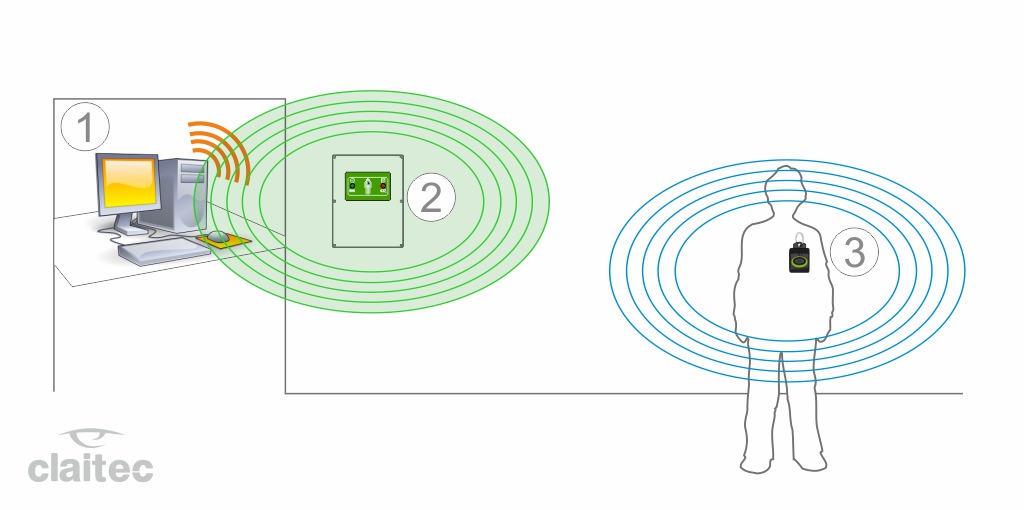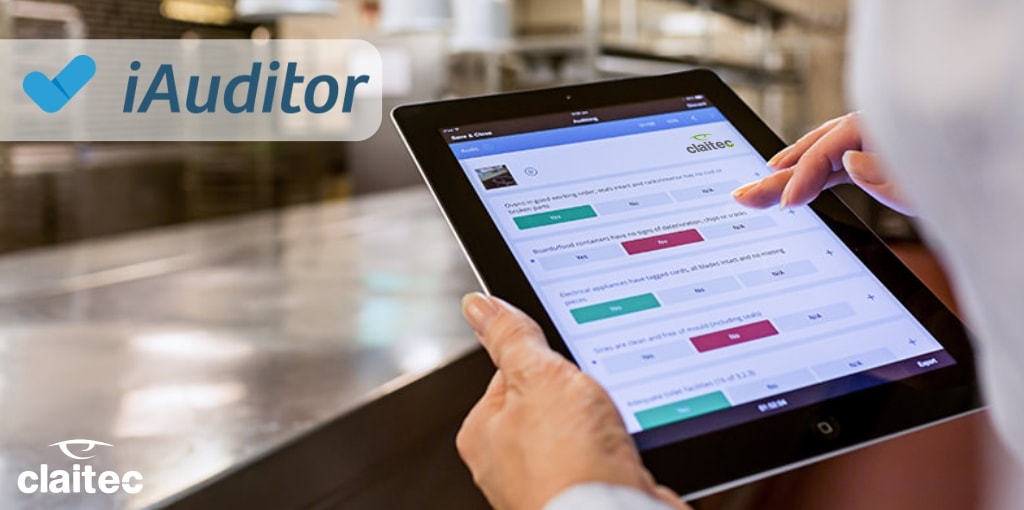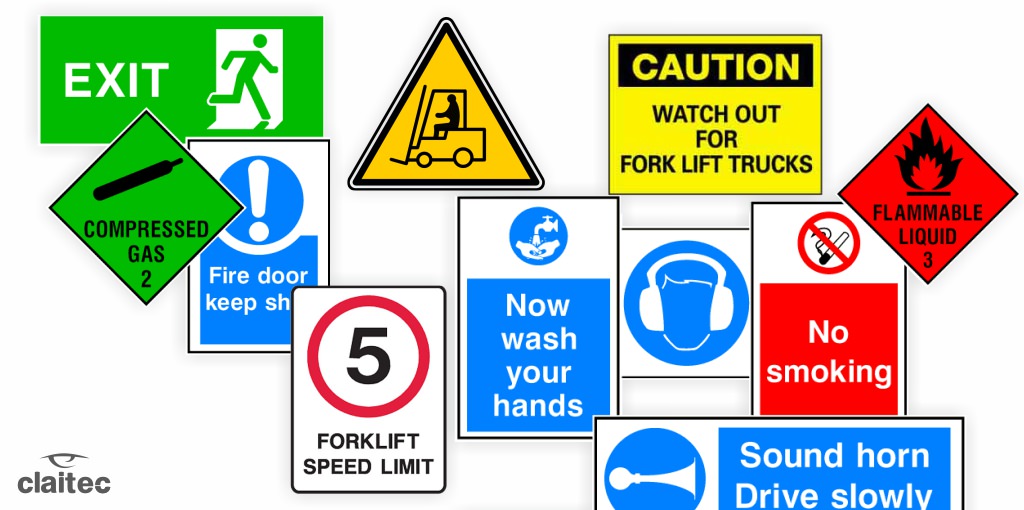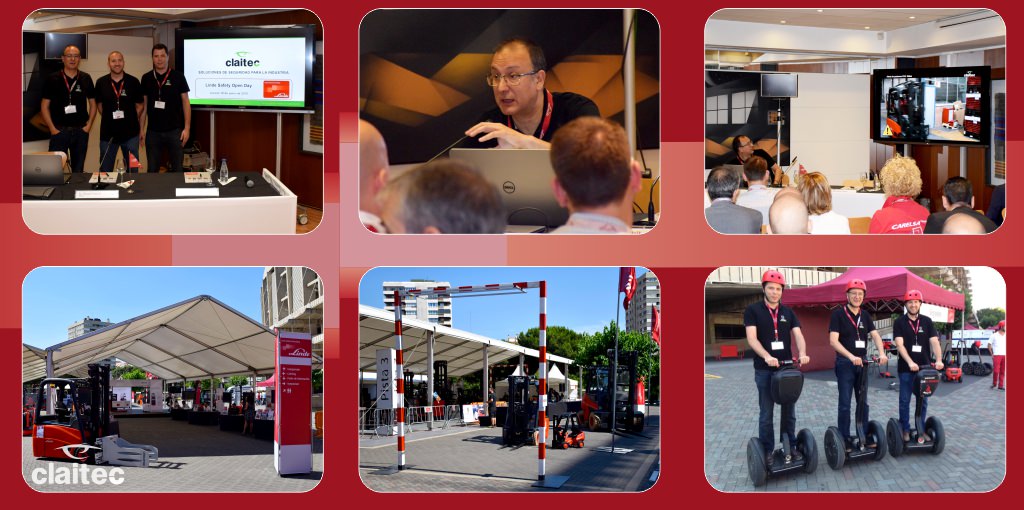The Test-TAG ensures that the PAS system is in full working order.
The PAS’ Test-Tag is a device that is installed within the detection zone of the forklift truck.
1. Test-Tag, TT50
2. Field Activator AC-50 (Antennas LF y HF included)
3. Detection Zone
4. Pedestrian wearing a personal T10 Tag.
When the sensing field is fine, the Test-Tag (1) receives and sends a signal to the Activator through High Frequency UHF radio waves and it records its proper functioning.
If the sensing field decreases or stops, the Test-Tag (1) stops receiving the trigger signal and it sends a warning signal UHF alerting that the field is not being detected.
The Cyclically Activator signal expects the Test-Tag (1) to detect the signal and when it does not arrive, the activator fails and raises the truck’s alarm.
The test-tag acts as a guard who is continually monitoring the field of detection and alerting users in case of failure.
When the message of the test-tag reaches the activator not only does it verify that the field is correct but it also confirms that the communication at 2.4 GHz is in functioning order.
Increasing the security alarm signal in the PAS
It is possible to achieve a redundancy detection output out of PAS thanks to the AC-50 activator’s two relays with potential free contact. Both are activated when a person’s tag is detected in the safety zone.
Using these two relays in series we can achieve fault tolerance, redundancy thanks to the series’ circuit.
In the event that one of the two relays fails and stays on, the system will remain in safe mode. If the alarm signal fails a fault should occur in both relays.
If the aim is to achieve greater security, it is recommended to add an external safety relay type SCHNEIDER ELECTRIC / TELEMECANIQUE XPSAC5121, however for standard PAS use in forklift trucks, this is totally unnecessary.











